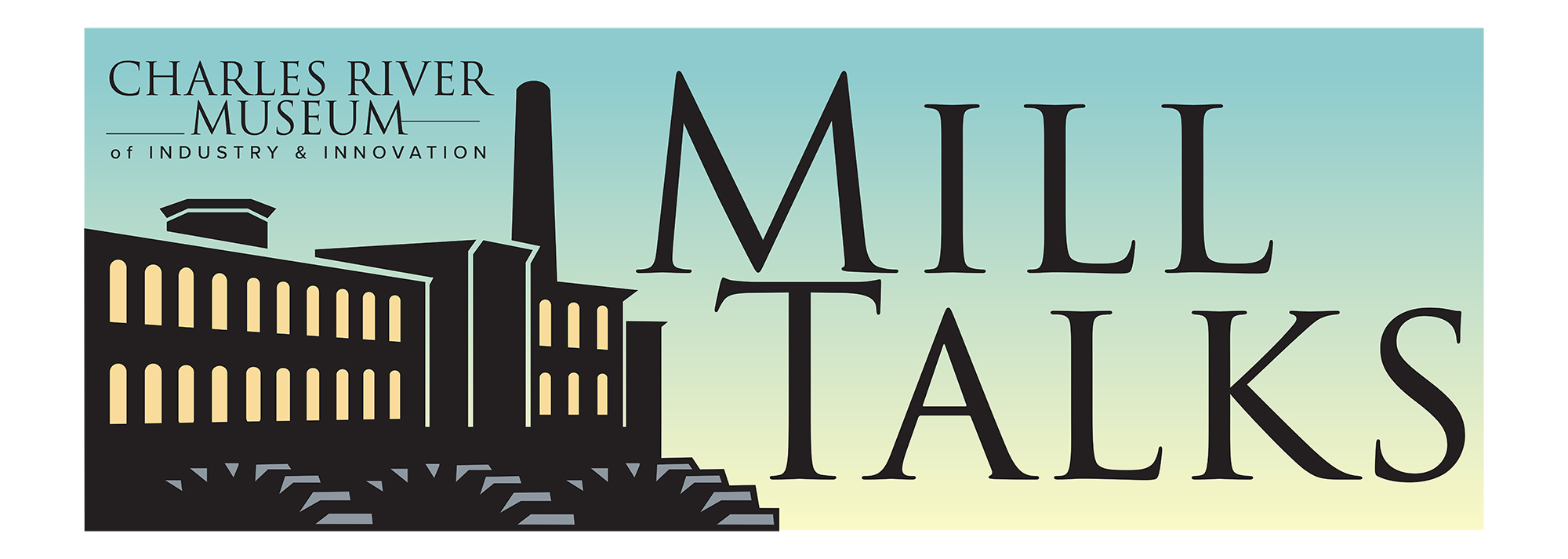
Lowell Lecture
MILL TALK: "The Back Bay Connection: Waltham and Perpetual Power"
Date & Time
Nov. 20, 2019 at 7 p.m. - 8:30 p.m.
Location
Charles River Museum of Industry and Innovation
Located in the Historic Francis Cabot Lowell Mill
Park in the Embassy Theatre Lot — GPS "42 Cooper Street, Waltham"
154 Moody Street Waltham, MA 02453
Driving Directions
Speaker(s)
Patrick M. Malone, Ph.D.
Presenting Organization
Charles River Museum of Industry and Innovation
Topics
Contact
Bob Perry (director@charlesrivermuseum.org, 7818935410 x101)
Between 1813 and 1814, the state of Massachusetts chartered two major corporations that proposed to use power from the Charles River. One was the Boston Manufacturing Company, a textile firm harnessing a drop on the river in Waltham. The other was the Boston and Roxbury Mill Corporation, which planned to capture tidal energy for diverse industries in the Back Bay, an estuary downstream. The story of Francis Cabot Lowell and the innovative cotton mills he developed at Waltham is well known. The history of the unique “perpetual power” system that he helped to promote in Boston’s Back Bay has attracted much less attention. It could provide continuous, uniform tidal power twenty-four hours a day, but it operated for only 36 years. This talk will examine numerous connections between Waltham and the Back Bay. Boston Associates and technical specialists from the Boston Manufacturing Company were deeply involved in the construction and operation of the daring venture in the Back Bay.
Patrick Malone is an industrial archaeologist and historian of technology who is now Professor Emeritus of American Studies and Urban Studies at Brown University. He has served as president of the Society for Industrial Archeology (SIA) and as executive director of the Slater Mill Historic Site. His publications include Waterpower in Lowell and The Texture of Industry (with co-author Robert Gordon). His primary interests are the urban built environment and industrial development.
Malone has also done a great deal of work in public humanities, focusing on museum interpretation, park development, historical preservation, and the recording of engineering structures. Much of his scholarship examines American rivers and hydraulic engineering. His present research focuses on a unique tidal power system in nineteenth-century Boston.